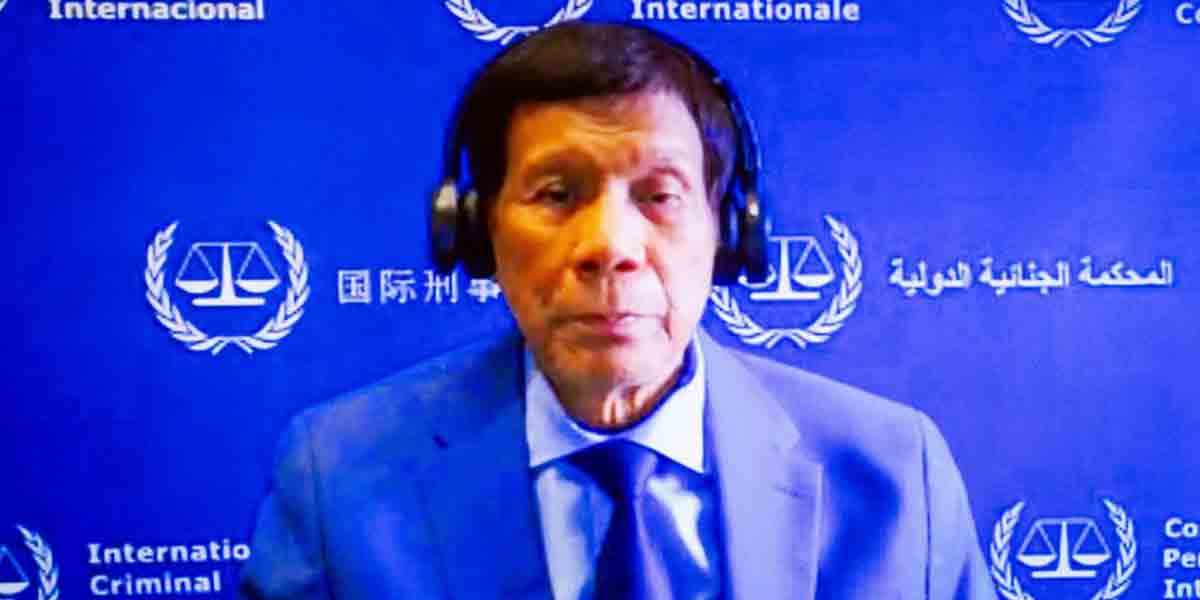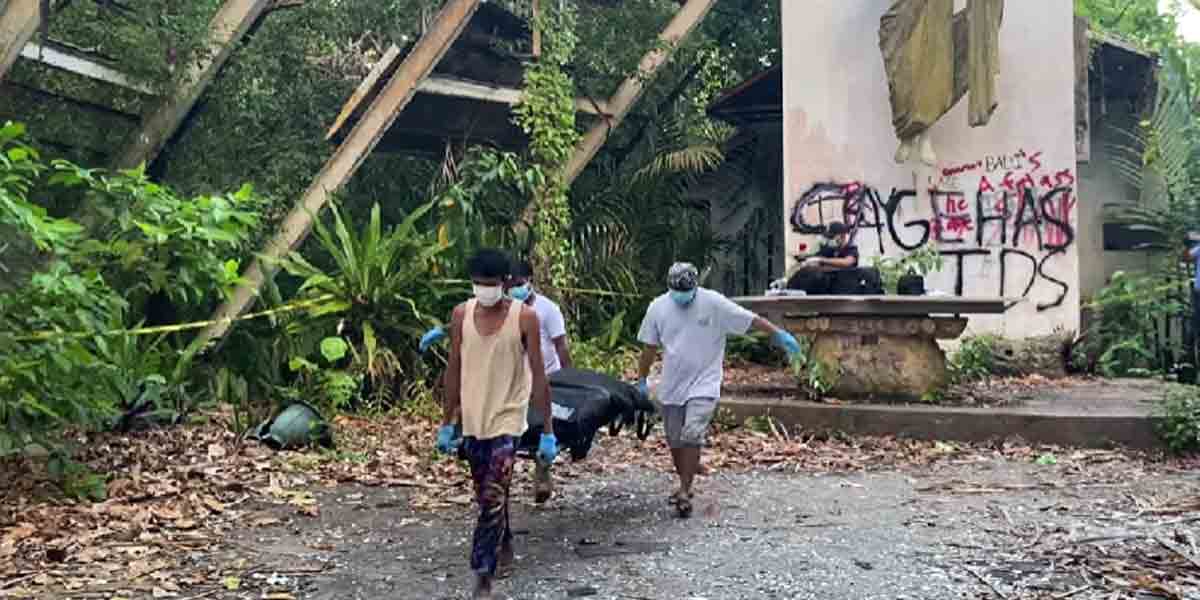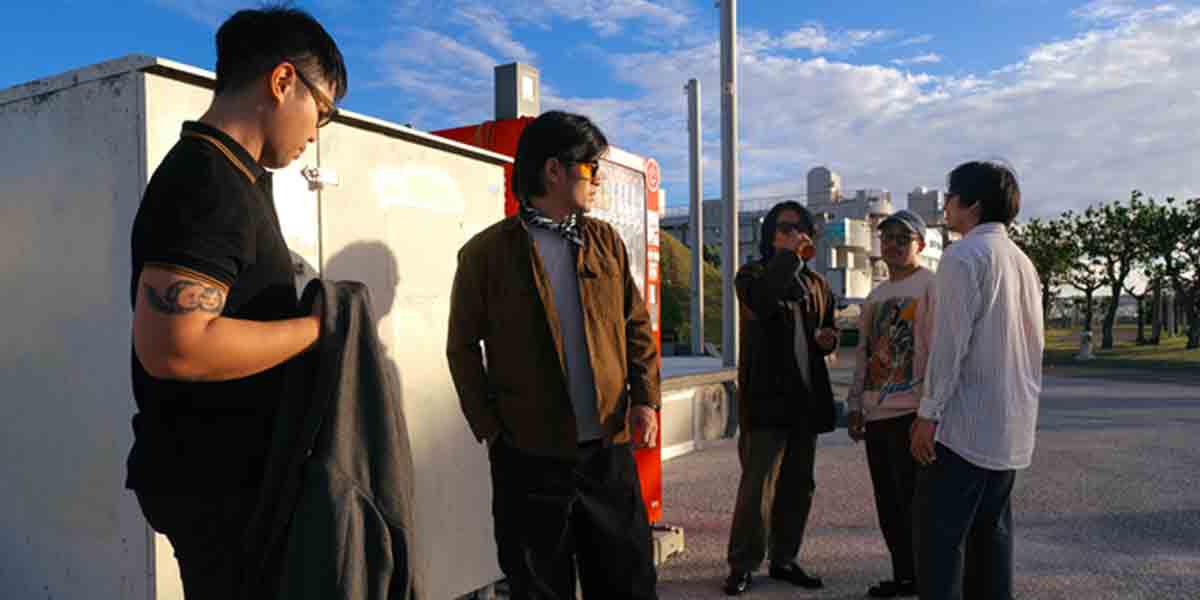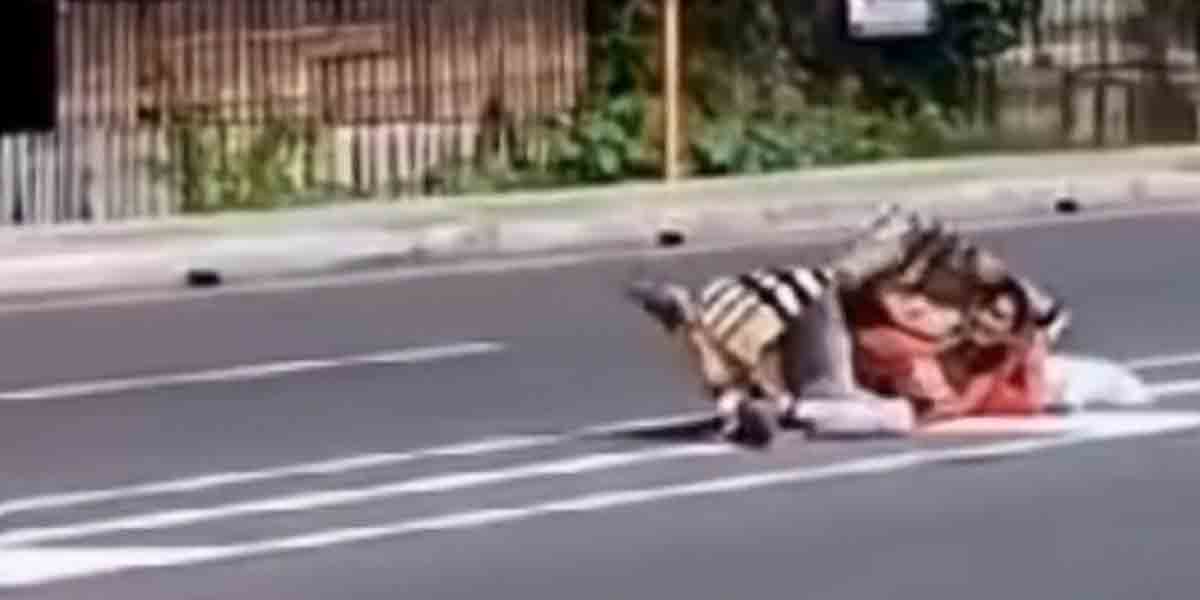 By Atty. Eduardo T. Reyes III
By Atty. Eduardo T. Reyes III
We see it on TV. We hear about it from the grapevine. The culprit could have gotten away with murder if not for his or her DNA having been imprinted on the crime scene.
DNA or deoxyribonucleic acid is exclusive to an individual save for the rare occurrences where identical twins share a single, fertilized egg. DNA is akin to a fingerprint that matches only a single human being. So when DNA evidence is lifted from the crime scene and they match the suspect’s DNA profile, then that puts him or her at the scene of the crime.
Clients have asked this columnist: what is DNA? Can it be used as evidence in court? How?
DNA Evidence is presently governed by A.M. No. 06-11-5-SC or the Rules on DNA Evidence which took effect on 02 October 2007. Because of its highly technical nature, courts must call upon DNA experts to explain the methodology in extracting the samples, how they are processed to formulate a DNA profile and how they are compared with those of the suspect. Being the subject of expert testimony, Section 49, Rule 130 of the 2019 Revised Rules on Evidence must be reckoned.
Expert evidence is anchored on opinions. Opinions in turn are “products of personal interpretation and belief and, therefore, inherently subjective and generally inadmissible in evidence. Thus, to qualify as an expert and the opinion admitted as expert opinion, the witness must be shown to possess a special knowledge, skill, or training relevant to the matter they are testifying on, and that the opinion was rendered on the basis of any of these special criteria. This is apart from the requirement that the testimony, in itself, must be credible; that is, it must be based on ‘common experience and observation . . . as probable under the circumstances.” X x x Unlike ordinary witnesses who must have personal knowledge of the matters they testify on, expert witnesses do not testify in court because they have personal knowledge of the facts of the case. The credibility of expert witnesses does not inhere in their person; rather, their testimony is sought because of their special knowledge, skill, experience, or training that ordinary persons and judges do not have. (Rosanna L. Tan-Andal v. Mario Victor M. Andal, G.R. No. 196359. May 11, 2021 [Date uploaded on SC website: 9/06/2021]).
DNA evidence’s road to admissibility as evidence in court was rather rocky. Retracing DNA’s long journey, the Philippine Supreme Court in Agustin v. CA (2005), recounts:
In Frye v. U.S., the trial court convicted Frye of murder. Frye appealed his conviction to the Supreme Court of the District of Columbia. During trial, Frye’s counsel offered an expert witness to testify on the result of a systolic blood pressure deception test made on defendant. The state Supreme Court affirmed Frye’s conviction and ruled that the systolic blood pressure deception test has not yet gained such standing and scientific recognition among physiological and psychological authorities as would justify the courts in admitting expert testimony deduced from the discovery, development, and experiments thus far made. In 1989, State v. Schwartz modified the Frye standard. Schwartz was charged with stabbing and murder. Bloodstained articles and blood samples of the accused and the victim were submitted for DNA testing to a government facility and a private facility. The prosecution introduced the private testing facility’s results over Schwartz’s objection. One of the issues brought before the state Supreme Court included the admissibility of DNA test results in a criminal proceeding. The state Supreme Court concluded that:
While we agree with the trial court that forensic DNA typing has gained general acceptance in the scientific community, we hold that admissibility of specific test results in a particular case hinges on the laboratory’s compliance with appropriate standards and controls, and the availability of their testing data and results.
Another product liability case, Kumho Tires Co. v. Carmichael, further modified the Daubert standard. This led to the amendment of Rule 702 in 2000 and which now reads as follows:
If scientific, technical or other specialized knowledge will assist the trier of fact to understand the evidence or to determine a fact in issue, a witness qualified as an expert by knowledge, skill, experience, training, or education, may testify thereto in the form of an opinion or otherwise, if (1) the testimony is based upon sufficient facts or data, (2) the testimony is the product of reliable principles and methods, and (3) the witness has applied the principles and methods reliably to the facts of the case. (People v. Vallejo, 2002).
Under Philippine law, evidence is relevant when it relates directly to a fact in issue as to induce belief in its existence or non-existence. Applying the Daubert test to the case at bar, the DNA evidence obtained through PCR testing and utilizing STR analysis, and which was appreciated by the court a quo is relevant and reliable since it is reasonably based on scientifically valid principles of human genetics and molecular biology.”
DNA evidence is also pivotal in paternity cases. “Parentage will still be resolved using conventional methods unless we adopt the modern and scientific ways available. Fortunately, we have now the facility and expertise in using DNA test for identification and parentage testing. The University of the Philippines Natural Science Research Institute (UP-NSRI) DNA Analysis Laboratory has now the capability to conduct DNA typing using short tandem repeat (STR) analysis. xxx For it was said, that courts should apply the results of science when completely obtained in aid of situations presented, since to reject said result is to deny progress. Though it is not necessary in this case to resort to DNA testing, in [the] future it would be useful to all concerned in the prompt resolution of parentage and identity issues. (People v. Teehankee, Jr. [1995]; Tijing v. CA [2001]).
In sum, as a guide to presenting DNA evidence, one must consider the following matters:
1) Look for an accredited DNA Laboratory
2) File a Motion in Court by following the Guidelines set forth in A.M. No. 06-11-05-SC.
3) Contact the DNA expert and ask how they will extract DNA samples which could be from hair, saliva, semen, skin, bone, but most common is blood.
4) Ensure that the extraction must be in the presence of the judge and all other parties
5) If the blood samples are extracted, the DNA expert might smear the blood on a cardboard to prevent spillage or contamination especially when there is considerable geographical distance from the place of extraction to the DNA Laboratory
6) The DNA samples upon reaching the DNA Laboratory will be processed for formulation of a DNA profile of the mother, the child, and the putative father
7) These 3 DNA profiles will then be matched against 12 Universally-Accepted markers
8) The DNA expert can then conclude as to whether the child has in his/ her DNA profile a gene which he/ she did not get from the putative father which would CONCLUSIVELY exclude the putative father as the child’s father and declare non-paternity.
NOTE: These tips are only summoned from experience of the author when he had the rare opportunity of presenting in a local court, top DNA Expert in the country- Dra. Ma. Corazon De Ungria (recognized by the Supreme Court in Agustin v. Court of Appeals, G.R. No. 162571, June 15, 2005), and this is a mere recollection of how she was presented by the author that is provided here. But for more technical matters on DNA, a DNA expert should be consulted.
(Atty. Eduardo T. Reyes, III is the senior partner of ET Reyes III & Associates- a law firm based in Iloilo City. He is a litigation attorney, a law professor, and a book author. His website is etriiilaw.com).






















